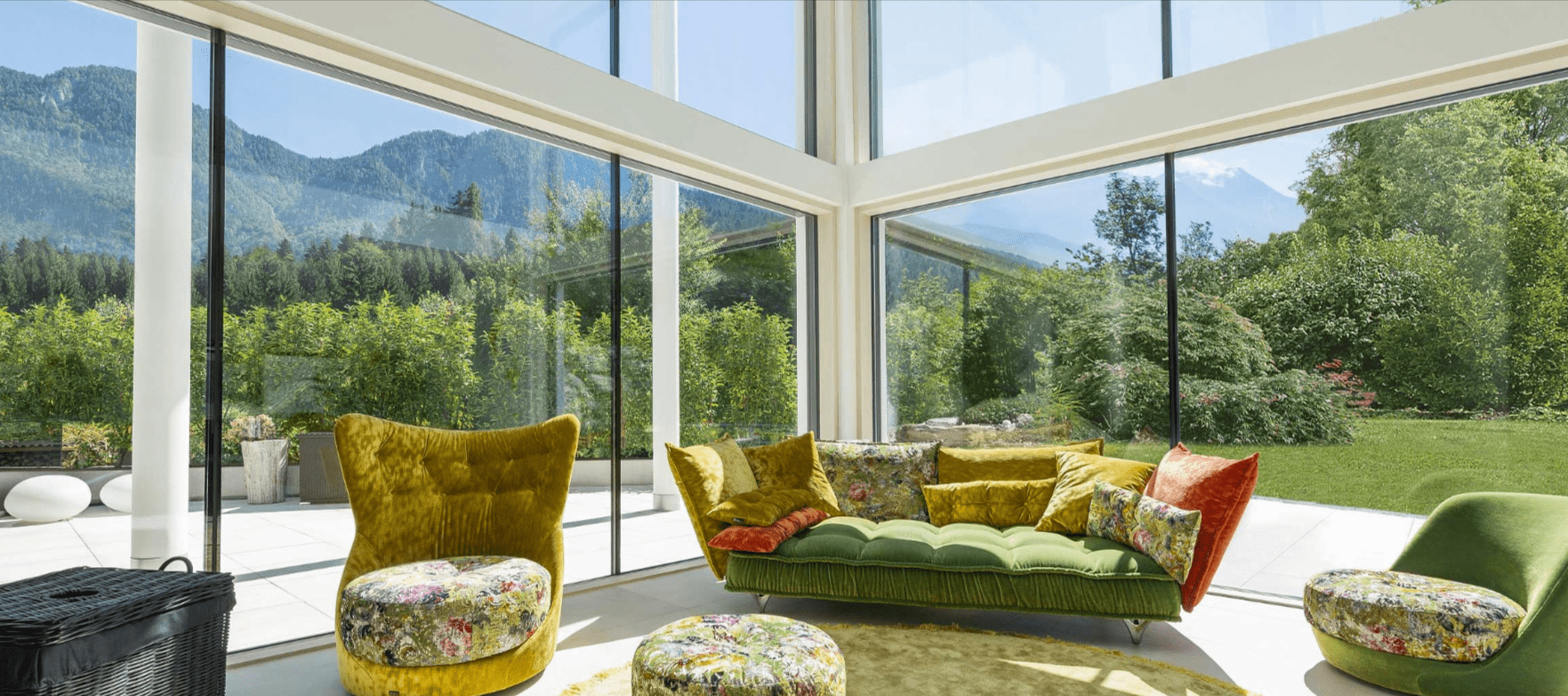Natural light is one of the most sought-after features in modern home design. Not only does it make a space feel brighter and more open, but it also has numerous benefits for your health and well-being.
In a place like Sydney, where sunlight is abundant, it’s important to make the most of it in your home. Whether you’re designing a brand new home or renovating an existing one, maximising natural light can transform the atmosphere and enhance the overall feel of your space.
1. Start with an Open Floor Plan
An open floor plan is one of the best ways to maximise natural light in your home. By removing unnecessary walls and barriers, you allow light to flow freely through your living spaces. Open-concept designs help ensure that sunlight can reach more areas of your home, creating a sense of airiness and space.
An open layout allows the natural light to highlight the beauty of the home’s architectural features, such as large windows, timber beams, and elegant finishes.
If you’re planning your own French Provincial homes in Sydney design, consider combining your living, dining, and kitchen areas into one large space to encourage light to fill the room.
2. Choose Large Windows
Windows are the key to bringing in natural light, so it’s essential to choose the right type and size for your home. If you want to make the most of the available sunlight, opt for large windows or even glass walls where possible. Floor-to-ceiling windows are especially effective for drawing in natural light and connecting your interior spaces with the outdoors.
You could also consider placing windows in locations where they can capture sunlight at different times of the day, ensuring your home remains well-lit throughout.
3. Use Reflective Surfaces and Light Colours
The way you design the interior of your home can significantly affect how much light is absorbed or reflected in the space. To maximise the natural light in your home, consider using light colours on walls, ceilings, and floors. Soft neutrals, whites, and pastel shades reflect light, making the space feel brighter and more expansive.
In addition to light colours, incorporating reflective surfaces can also boost the amount of natural light in your home. Mirrors, glass, and glossy finishes reflect sunlight throughout the space, helping it travel deeper into your rooms. For example, if you’re designing a French Provincial home in Sydney, you could choose light-coloured paint for the walls and add mirrored furniture or fixtures to help bounce the light around your living areas.
4. Consider Skylights and Roof Windows
Skylights and roof windows are an excellent way to introduce more natural light into your home, particularly in areas that may not have access to external walls or windows. These can be installed in kitchens, bathrooms, or hallways where natural light may otherwise be limited.
Skylights are particularly effective for creating a sense of openness and adding an extra layer of brightness to your home.
5. Use Glass Doors and Transom Windows
Another effective way to allow light to flow freely through your home is by incorporating glass doors and transom windows. These doors and windows not only enhance the natural light but also create visual connections between different rooms and between the indoors and outdoors.
Glass doors can be placed in strategic locations such as leading to the garden or opening up to a balcony or patio. Transom windows, which are small windows placed above doors, can also add a beautiful touch while allowing light to reach rooms that may be further away from main light sources.
6. Incorporate Openings in Interior Walls
If you’re working with a more closed-off floor plan, consider incorporating openings in interior walls to allow light to pass between rooms. These can be in the form of large doorways, open arches, or glass partitions. By doing this, you’ll create a feeling of openness while still maintaining distinct spaces within your home.
hese openings can also serve as visual focal points, blending the elegance of French design with practical considerations like improved natural lighting.
7. Landscaping and Outdoor Elements
Don’t forget that the way you design your outdoor spaces can also affect the amount of natural light your home receives. Tall trees, hedges, and dense landscaping can block sunlight from reaching your home’s windows. Instead, consider planting lower shrubs and trees that won’t obstruct light. You can also create outdoor spaces that are designed to complement the natural light, such as patios or decks where you can enjoy the sunshine.
8. Use Sheer Curtains and Light Window Treatments
Window treatments play an important role in controlling the amount of light that enters your home. To maximise natural light, choose light, sheer curtains or blinds that allow sunlight to filter through while still providing privacy. Heavy drapes or dark-coloured blinds can block out much-needed light, so it’s important to use window coverings that strike the right balance.
Maximising natural light in your dream home is one of the best ways to create a warm, welcoming environment that enhances your well-being and improves your home’s overall appeal.
By following these design tips and working with experienced custom builders, you can create a home that feels spacious, light-filled, and beautifully connected to the outdoors.
